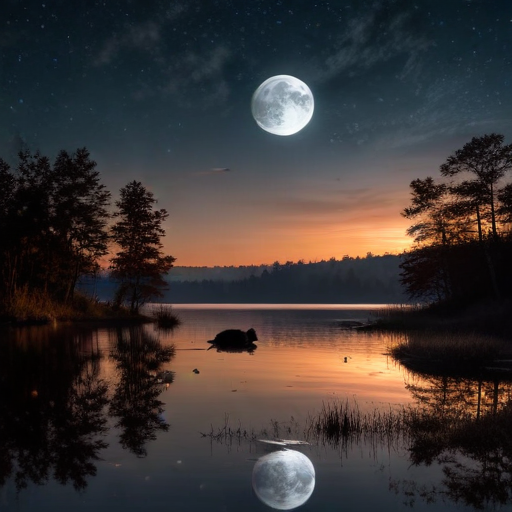This week, astronomy enthusiasts will have the opportunity to witness November’s Beaver full moon, marking the last of four consecutive supermoons in 2024. This series began in August with a unique blue supermoon, making this full moon a noteworthy event as the next supermoon will not occur until late next year.
Traditionally, the November full moon is referred to as the Beaver Moon, a name that originates from the Old Farmer’s Almanac. This designation stems from the time of year when beavers begin to take shelter in their lodges after gathering food supplies for the winter. Additionally, this full moon is known by several other names that reflect the season and animal behavior, such as the Frost Moon, the Freezing Moon, the Digging Moon, the Deer Rutting Moon, and the Algonquin Whitefish Moon.
The Beaver Moon will reach its peak on Friday, November 15, at 4:29 p.m. EST. As per NASA’s information, the moon will be nearly fully illuminated leading up to the peak, with 96% illumination on Thursday and 100% on Friday itself. It will maintain about 99% illumination on Saturday and revert to 96% on Sunday. Observers can look forward to a stunning view of this celestial event without the need for binoculars or a telescope.
Supermoons are distinguished by their point in orbit where they are full and closest to Earth. This month, the moon will be approximately 224,385 miles away. Supermoons are notably larger and brighter than average full moons — about 16% brighter, with this November’s full moon appearing 6.2% larger and 12.8% brighter than the average full moon of 2024.
Looking ahead, the first supermoon of 2025 is expected to take place in October, followed by additional supermoons in November and December, and a new year will kick off with another supermoon on January 3, 2026.
The occurrence of supermoons not only provides a breathtaking spectacle but also sparks interest in astronomy and nature, encouraging many to appreciate the beauty of the cosmos. Enjoying these celestial events can inspire people to observe our universe more closely, fostering a sense of wonder and connection to the natural world.
